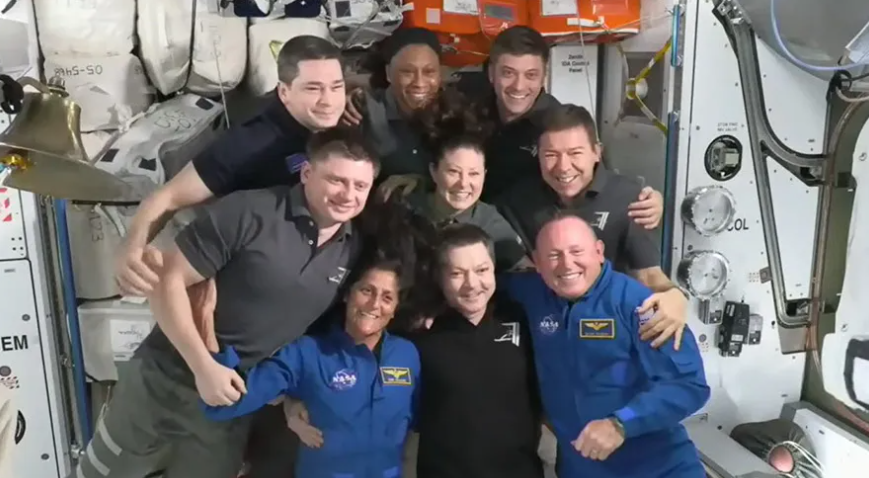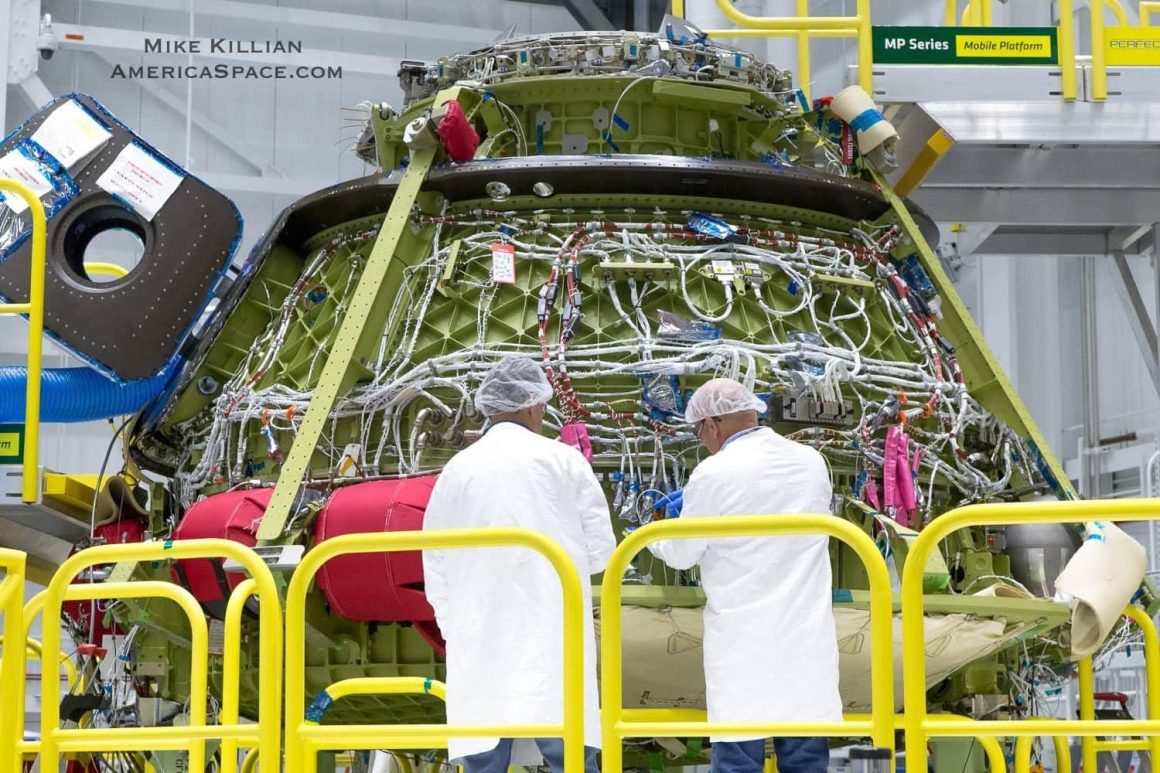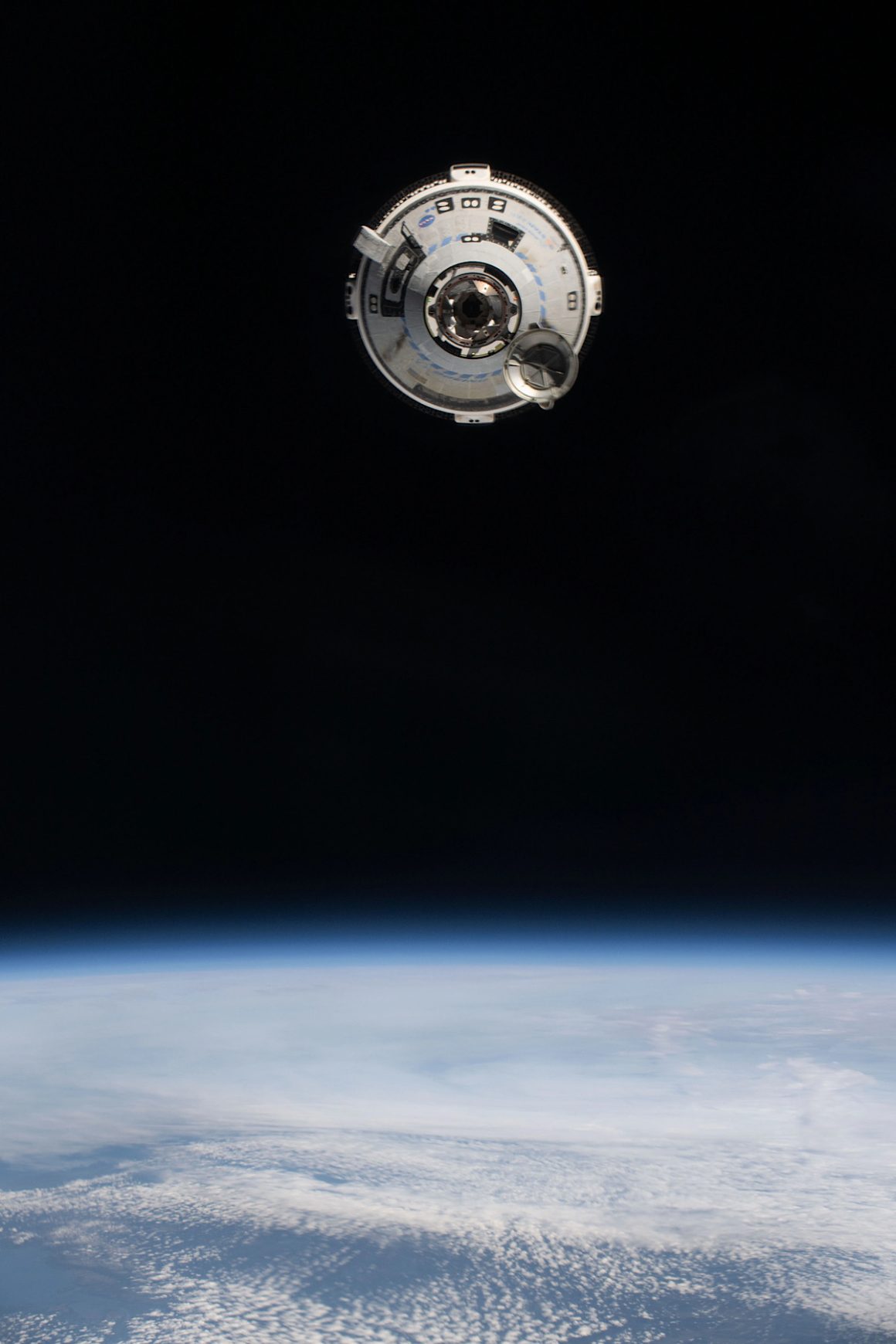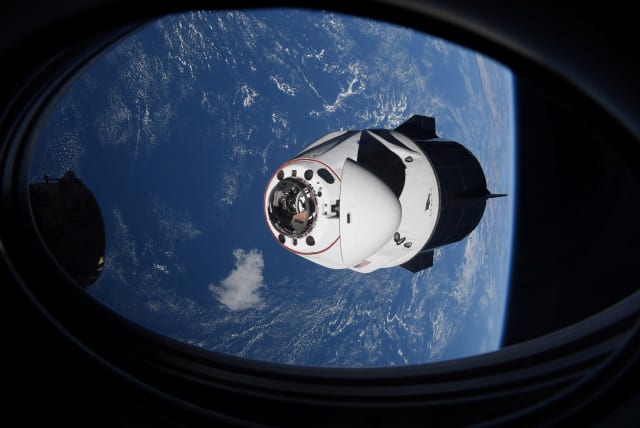NASA astronauts Butch Wilmore and Suni Williams have been stuck on the International Space Station since early June. Their Boeing Starliner spacecraft suffered numerous helium leaks and thruster issues following launch from Cape Canaveral, FL on the Crew Flight Test. It’s the first crewed mission shakedown of the Starliner.

In the meantime, both astronauts have been staying busy on the ISS, assisting the Expedition 71 crew with research, maintenance and other tasks. NASA and Boeing meanwhile have been conducting extensive testing on the ground and in space, and pouring over tons of data to determine if the astronauts can return safely back to Earth in Starliner.
Boeing claims Starliner is good to go. NASA however isn’t so sure, yet. Boeing still has not identified root cause, so NASA is still unsure how Starliner will perform after undocking from the ISS. The agency still wants additional testing, data, analysis and reviews to affirm the spacecraft’s safe undocking and landing capabilities.
Engineers believe they understand the issues

In ground testing of the thrusters, engineers gained insight into what they believe are the contributing factors to the thrust degradation Starliner experienced. A teflon seal on an oxidizer line poppet began swelling in ground tests, causing the seal to block flow into the thruster itself down into the combustion chamber.
Engineers also believe vaporization is occurring with the propellant. When a thruster gets really hot, the propellant can vaporize, which they believe also contributed to low thrust issues when Starliner was docking to the ISS.
During hot fire tests of the thrusters on the Starliner in orbit, all the thrusters across the whole vehicle operated at nominal thrust levels.

“Somehow, if the poppet is what’s causing the thrust degradation and blockage of the flow, somehow that piece of teflon must have contracted and is now not blocking the flow,” said Steve Stich, manager of NASA’s Commercial Crew Program. “That gives us a lot of confidence in the thrusters, but we can’t totally prove with certainty what we’re seeing on orbit is exactly what has been replicated on the ground.”
“We’re trying to understand more about the conditions that caused the issues,” added Stitch. “It’s not always at the same temperature, it’s not always at the same number of pulses, so we’re trying to understand that.”

Engineers are now doing modeling on the ground to understand how the teflon could extrude, what the forces are on that teflon, and then understand how it could contract over time. They want to understand the physics of what’s going on, in order to better predict how the thrusters will perform when Starliner undocks into the downhill phase back to Earth.
Starliner will return to Earth. It’s just a question of will the crew be onboard. NASA will announce a decision soon.
NASA has asked SpaceX to prepare to pickup Starliner’s crew, just in case

The agency is weighing all possible options to ensure the safety of their astronauts, and have done the requisite planning to make sure those options are open.
They may approve Butch and Suni to return to Earth on Starliner, however they have asked SpaceX to begin preparing to return the crew home just in case.
NASA’s next crew was scheduled to launch on the SpaceX Crew-9 mission this month. That is now pushed to at least Sep 24. If NASA chooses to use Crew-9 to pick-up the Starliner crew, then Crew-9 will only launch with 2 astronauts instead of 4.

“Our prime option is to return Butch and Suni on Starliner,” says Stitch. “However we’re working with SpaceX to ensure they are ready to respond on Crew-9 for a contingency of returning Butch and Suni if we need that.”
If NASA gives SpaceX the order to get the Starliner crew, then Butch and Suni will remain on the ISS and become part of Crew-9, returning to Earth with SpaceX Crew-9 in Feb 2025.
One of the goals of NASA’s commercial crew program was for just this reason. In case one operator’s spacecraft suffers an issue, another is available. In the future, should a SpaceX Dragon have problems, a Starliner can come to their rescue as well.
